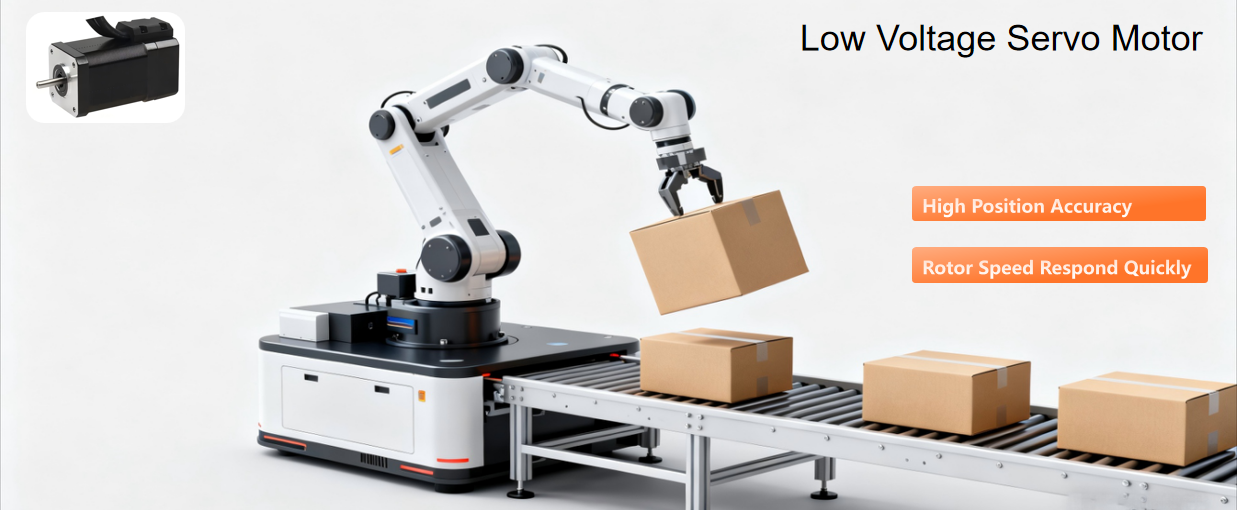- Product Name
- Product Keyword
- Product Model
- Product Summary
- Product Description
- Multi Field Search
 Low voltage servo motors enable precise speed and position control, converting voltage signals into torque and speed to drive controlled objects. Their rotor speed is signal-controlled with fast response. As key actuators in automatic systems, they feature small electromechanical time constants and high linearity, turning received electrical signals into angular displacement or velocity on the motor shaft. Divided into DC and AC types, they stay stationary when signal voltage is zero, with speed decreasing uniformly as torque increases.
Low voltage servo motors enable precise speed and position control, converting voltage signals into torque and speed to drive controlled objects. Their rotor speed is signal-controlled with fast response. As key actuators in automatic systems, they feature small electromechanical time constants and high linearity, turning received electrical signals into angular displacement or velocity on the motor shaft. Divided into DC and AC types, they stay stationary when signal voltage is zero, with speed decreasing uniformly as torque increases.